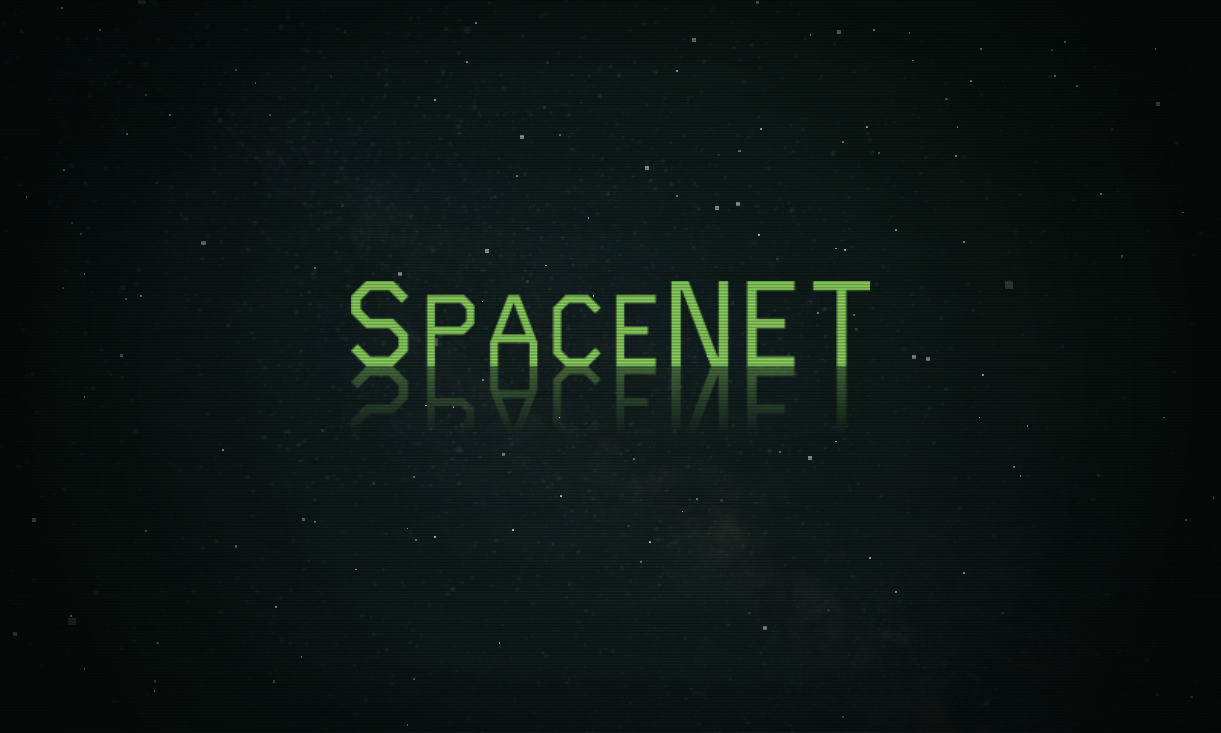

The podcast addresses two main questions: (1) How can practitioners quickly analyze these time series with open source software tools, such as CosmiQ’s CometTS tool suite and (2) How can those tools be used to support a humanitarian response effort? A time series of satellite images can play a major role in these scenarios and assist practitioners in identifying areas that experience a change in population, the loss of electrical power, and/or rapid changes in land-cover. Īug#9 Analyzing Times Series Data for Humanitarian Responseĭylan George from In-Q-Tel’s (IQT) B.Next joins CosmiQ Works’ Jake Shermeyer and Ryan Lewis to discuss how a time series of satellite imagery can be used in humanitarian response scenarios. can best deter, campaign in, and respond to “gray zone” approaches. CSIS’s International Security Program analyzes how the U.S. focused on producing objective analytic analysis that is targeted primarily toward U.S policy makers, but also an increasingly broader audience to include the tech community, allies and partners, and private sector. and its allies, and how emerging technologies could be leveraged to help resolve or mitigate some of the analytic tasks facing national security organizations.ĬSIS is an independent, bipartisan think tank in Washington, D.C. How does emerging technology like artificial intelligence (AI) fit into the broader geopolitical landscape, particularly one that continues to rapidly evolve? CSIS’s Melissa Dalton and Lindsey Sheppard join the podcast to discuss their recent research project, the Gray Zone Project, on current challenges faced by the U.S. Ma#23 Into the Gray Zone: Emerging Technology’s Role in the Geopolitical Landscape SpaceNet is a nonprofit LLC co-founded and managed by In-Q-Tel CosmiQ Works in collaboration Maxar Technologies, a co-founder, and the other SpaceNet Partners: AWS, Intel AI, Topcoder, Capella Space, IEEE GRSS, The National Geospatial-Intelligence Agency (NGA), and Planet. Adam Van Etten explore the challenge’s unique dataset and geographic diversity over time, the winning models, and the tradeoff between inference speed and model performance. On today’s pod, CosmiQ’s Ryan Lewis and Dr. However, the SpaceNet 5 challenge made significant progress in this field with top participants being able to extract both road networks and speed/travel time estimates for each roadway. Īp#25 Evaluating SpaceNet 5 Challenge Results: Road Network Detection & Optimized Routingĭespite its application to myriad humanitarian and civil use cases, automated road network extraction from overhead satellite imagery remains quite challenging. SpaceNet is made possible by co-founder and managing partner, CosmiQ Works co-founder and co-chair, Maxar Technologies and all the other Partners: Amazon Web Services (AWS), Capella Space, Topcoder, IEEE Geoscience and Remote Sensing (GRSS), the National Geospatial-Intelligence Agency, and Planet. Hear about the challenge’s winning artificial intelligence models and the tradeoff between inference speed and model performance. In this episode, CosmiQ’s Ryan Lewis, Jake Shermeyer, and Daniel Hogan discuss the SpaceNet 6 Challenge where participants were asked to automatically extract building footprints with computer vision and AI algorithms using a combination of synthetic aperture radar (SAR) and electro-optical imagery. SpaceNet is a non-profit dedicated to accelerating open source, applied research in geospatial machine learning. J#26 SpaceNet 6 Challenge Results: Multi-Sensor All-Weather Mapping SpaceNet is a nonprofit made possible by co-founder and managing partner, CosmiQ Works co-founder and co-chair, Maxar Technologies and all the other Partners: Amazon Web Services (AWS), Capella Space, Topcoder, IEEE Geoscience and Remote Sensing (GRSS), the National Geospatial-Intelligence Agency, and Planet.

Finally, the group discusses CosmiQ’s new addition to the Solaris python package: a multi-modal pre-processing library and a new API called ‘PipeSegment’ for seamlessly stringing together different operations. Additionally, the podcast also explores the value of frequent SAR revisits that can be beneficial for foundational mapping applications. Learn more about data fusion and deep learning approaches that work to blend synthetic aperture radar (SAR) and optical imagery. Aug#27 SpaceNet 6: The Multi-Modal Extravaganza Family HourĬosmiQ’s Jake Shermeyer and Daniel Hogan are joined by Capella Space’s Jason Brown and IEEE Geoscience and Remote Sensing’s (GRSS) Ronny Hänsch to once again discuss the SpaceNet 6 Dataset and post-challenge experiments.


 0 kommentar(er)
0 kommentar(er)
